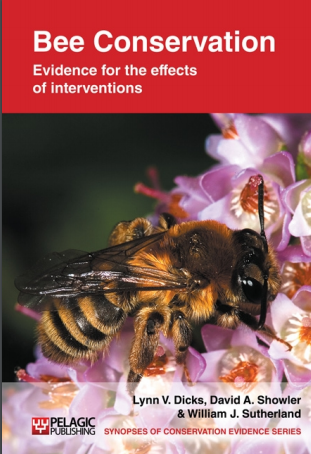Restore species-rich grassland on road verges
-
Overall effectiveness category Awaiting assessment
-
Number of studies: 1
View assessment score
Hide assessment score
How is the evidence assessed?
-
Effectiveness
not assessed -
Certainty
not assessed -
Harms
not assessed
Study locations
Supporting evidence from individual studies
A replicated controlled trial in Kansas, USA (Hopwood 2008) found that seven road verges planted with native prairie grasses and flowers supported a greater number and diversity of bees than paired conventionally managed verges, four to five years after planting. Restored verges were mown every two to four years, or burned annually, while conventionally managed verges were mown three to four times during each growing season and certain weeds treated with herbicide. In total, 812 bees from 79 species were found on restored verges, compared to 353 bees from 53 species on conventionally managed verges. The verges studied were all 18-84 m wide. Verge width, slope, aspect and density of traffic on the adjacent road made no difference to the bee community. Native prairie vegetation includes bunch grasses, which grow in a way that leaves bare ground exposed and provides potential nesting areas for ground-nesting bees.
Study and other actions tested
Where has this evidence come from?
List of journals searched by synopsis
All the journals searched for all synopses
This Action forms part of the Action Synopsis:
Bee Conservation
Bee Conservation - Published 2010
Bee Synopsis





)_2023.JPG)














